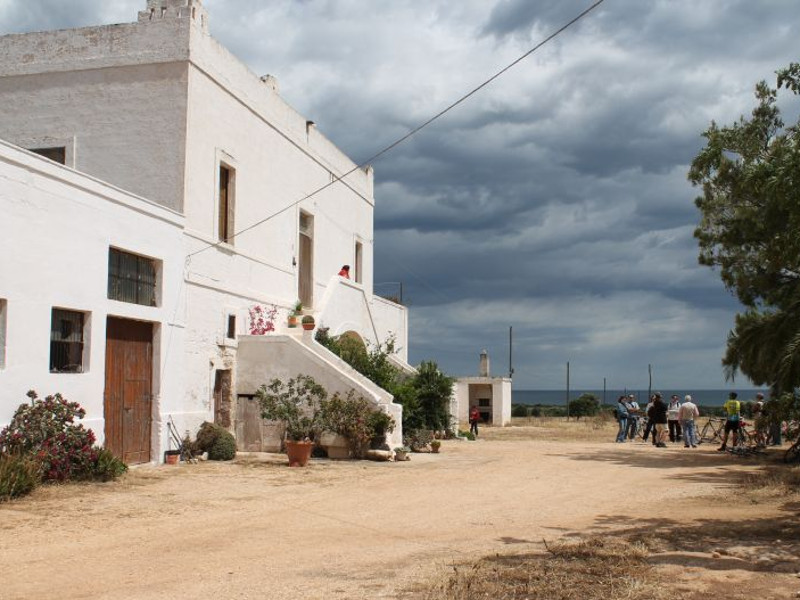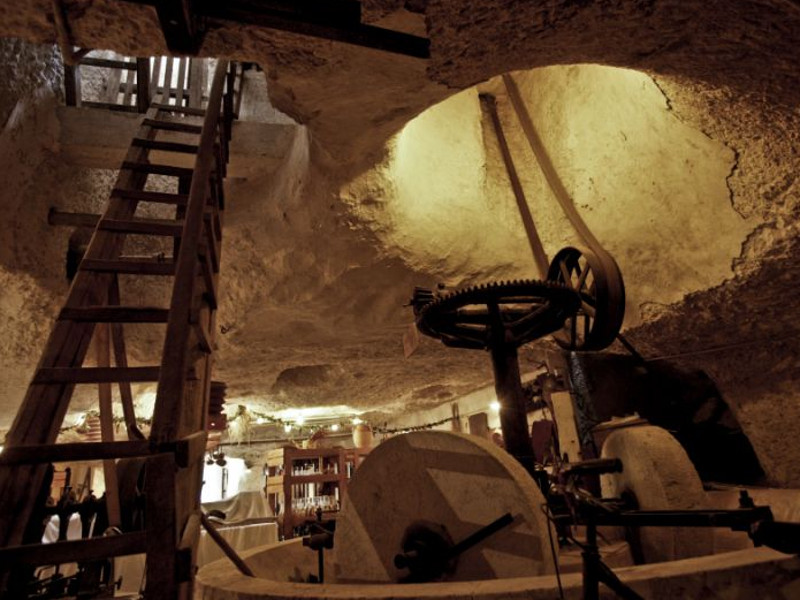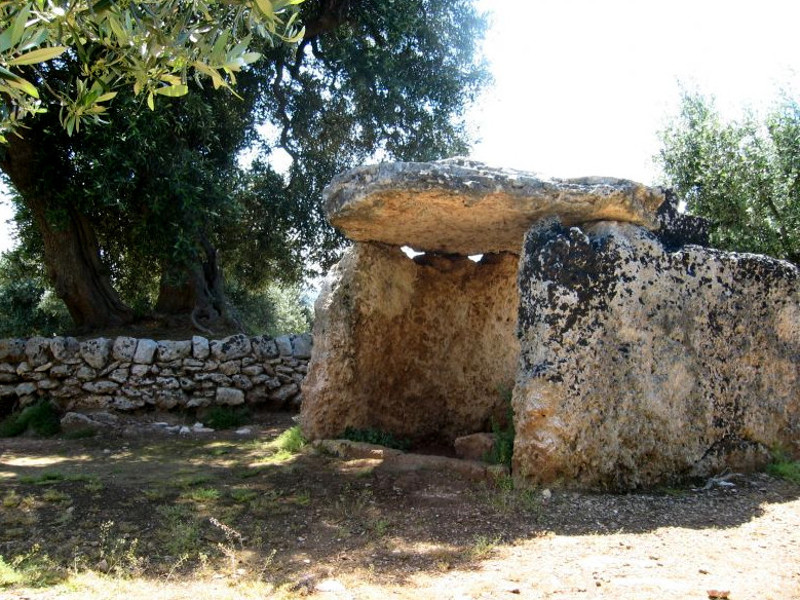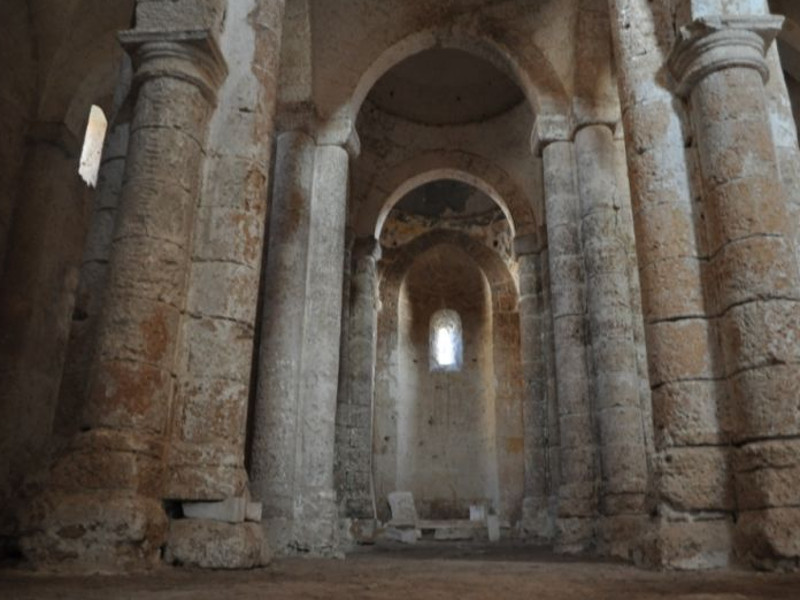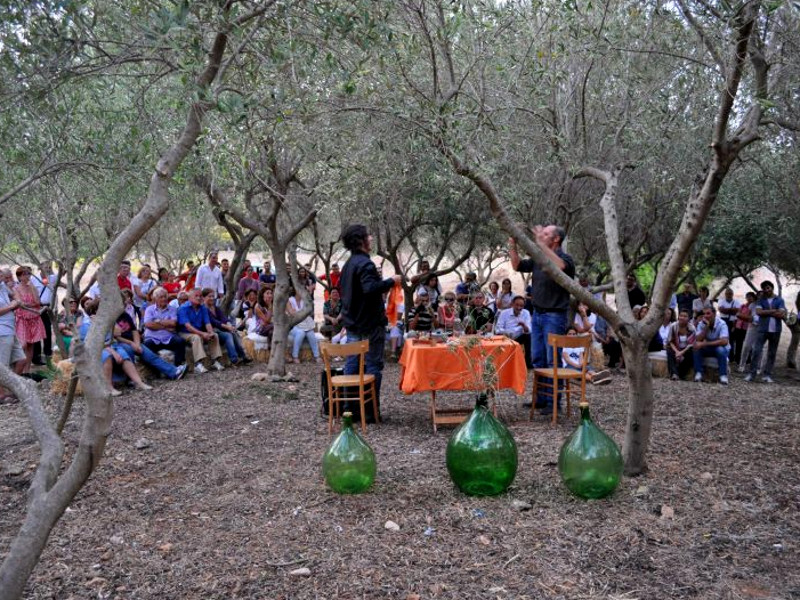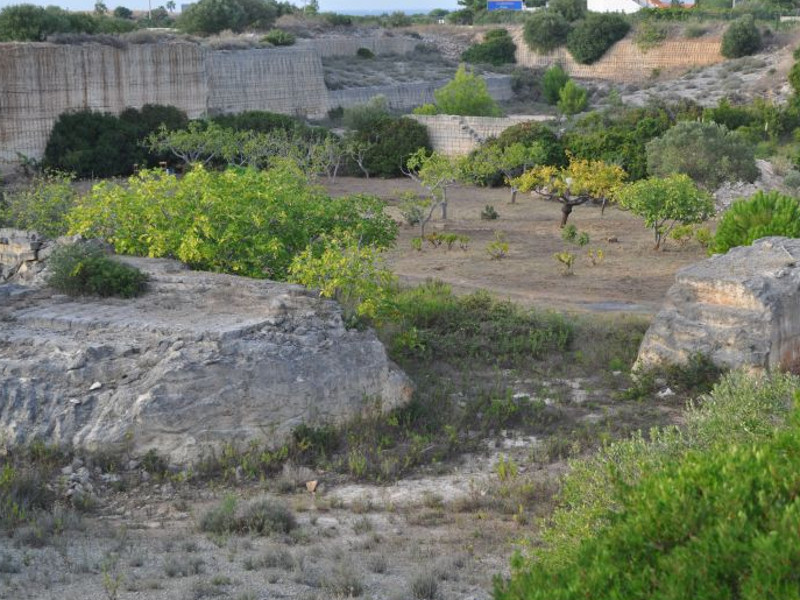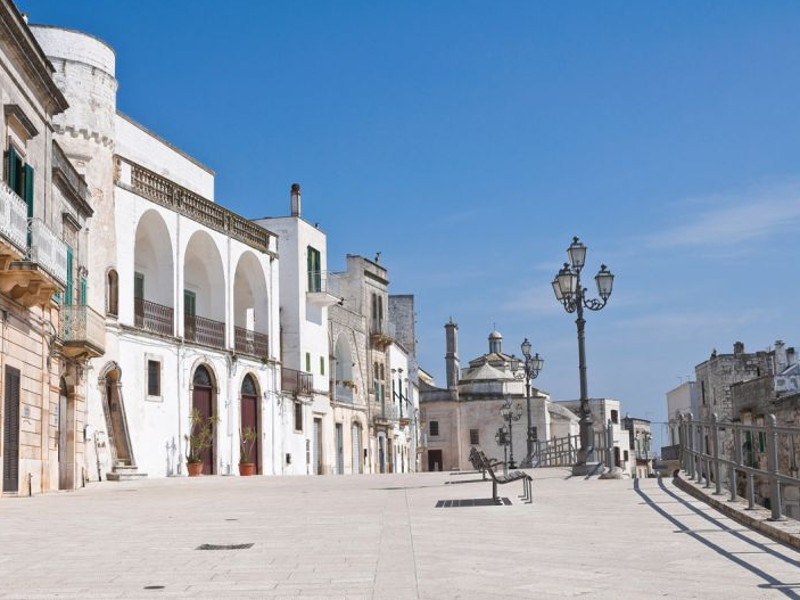Parco Naturale Regionale Dune Costiere da Torre Canne a Torre San Leonardo
Points of Interest
The historical masserie
In the past the word "masseria" meant a whole of rural lands belonging to one owner, not necessarily equipped with buildings.
Born as production center, starting from the 17th century the masseria became a residential settlement. Even if small, it was an independent unit.
The masseria is usually fenced in dry-stone walls representing the perimeter of the property, where the cultivated plots or grazing lands are situated. The masseria often includes a courtyard, wells, a stall, a sheepfold and a "jazzo" (sheep pen); warehouse for the foodstuffs, "palmenti", paved farmyard for the wheat threshing and watering troughs for the cattle; the oven, the citrus grove, an area dedicated to the grazing of horses and bovines, and the small church.
The underground olive oil mills
In the natural caves shaped by men, many underground olive oil mills were obtained, on both sides of the ancient Via Traiana. Many of them have roman origins and they were often modified in the Middl Ages; they were used until the first half of the 19th century, when they were replaced by more functioning and productive surface mills. The proximity to the ancient Roman way allowed the transport of the olive oil towards the commercial ports of Salento (such as Brindisi and especially Gallipoli), and this explains why so many olive oil mills are scattered along the whole route.
The Via Traiana and the Dolmen
The ancient road stretch which connected Benevento and Brindisi, the favorite one of the Romans for the trade with the East since 244 B.C. - when the Salento's town became a Roman colony - fostered the economic development and the agricultural use of the area. The building of the Via Traiana dates back to the early 2nd century A.D., when that ancient road became monumental. Analyses about the present borders of the farms made it possible to identify the presence of a "cardine" (roman road having a north-south orientation, also called "cardo") - the seventh one departing from Egnazia - which started at the foot of Mount San Biagio and ended in the Pilone. The Via Traiana is the leitmotiv of many historical-cultural testimonies belonging to this territory: the roman and medieval underground olive oil mills, the historical "masserie", the rock settlements, the many places of worship, the dry-stone walls and the terraces.
St. Peter Church in Ottava
Between Speziale and Montalbano, about one kilometer from the entrance of the state street 16, it is possible to see the tower-shaped fortified building of the Masseria Ottava Grande (16th century), in the courtyard of which it rises the St. Peter Church (12th century), still considered as a rock crypt situated on one side of the bordering "lama" and then turned into a cistern. The church was mentioned for the first time in 1180, in a bull by Pope Alexander III who, addressing the Bishop of Monopoli, lists the lands and the buildings under the episcopal jurisdiction.
Rituals in the Park's area
Along an itinerary starting at the foot of the Murgia and climbing the hill between Maquis and woods, there is the San Biagio sanctuary, nestled in a gully of Murgia's escarpment overlooking the plain of the thousand-year old olive trees. The origin of the church-crypt, in the shape of a basilian cenobitic lavra, dates back to the 12th century. The first inhabitants of the settlement were some basilian oblates who obtained the surrounding lands, the cattle and the financial support for their activities by the bishops of Ostuni.
The quarry in Pezza Caldara
In the final stretch of the erosive crack running alongside the Masseria Pezza Caldara, a few steps from the Masseria L'Ovile, there is a quarry once used for the tuff mining. Abandoned for more than thirty years and currently owned by the Municipality of Ostuni, the quarry - extending for about 2 hectares - is a renaturalized environment where it is possible to find the typical habitats of the dunes, of the wetlands and of the Park's "lame". The area is characterized by the presence of the prickly juniper and of the Phoenicean juniper, by a luxuriant Maquis shrubland with its typical flower essences, by garrigue areas covering the tuff expanses, by reeds.
Within the quarry there is a part dedicated to the olive groves, in addition to fig trees, grapevines and other ancient fruit varieties.
The built-up areas around the Park
Besides Brindisi, Fasano is the most populated municipality in the province. The town rises in a flat area characterized by centuries-old olive groves; the municipal territory extends from the hills (400 meters above sea level) to the sea. Near Savelletri, the coast mainly consists of cliffs with sandy bays; the Torre Canne coast - included in the Park - is characterized by coastal dunes, sandy beaches and wetlands with typical Maquis. Some years ago the coast of Fasano has obtained the Blue Flag for the water quality and the services offered.



